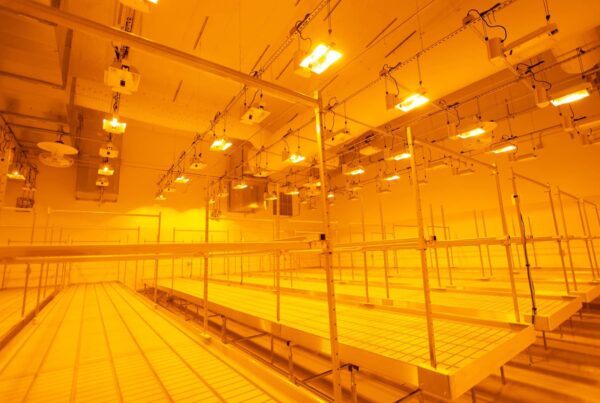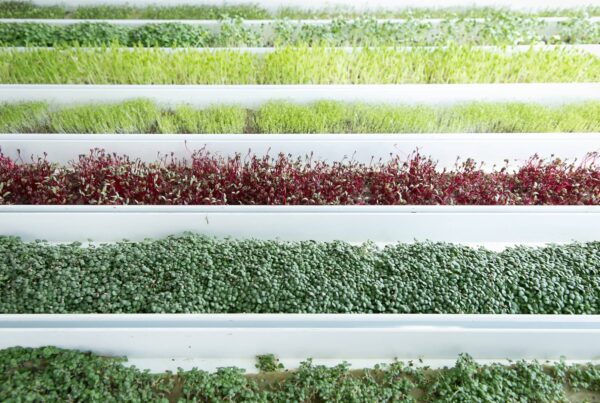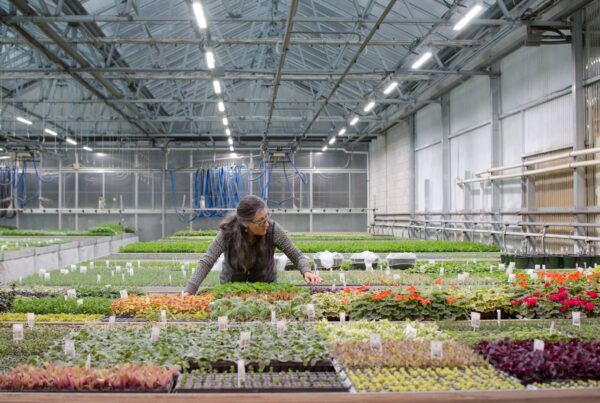You’ve secured initial funding and are about to purchase land, or you’ve just purchased land, and you want to get into cultivation as soon as possible. Now what?
As state regulatory details come together, your focus is now on preparing your infrastructure.
Questions you are likely considering include:
- Where should I locate?
- What local permitting issues apply?
- How do I assess if and when my property is suitable for cultivation?
- Who are the right people to talk to help me assess how to build out my operation?
Legalization has created a huge surge of people wanting to get into the cannabis game. But it appears very few of them have a clear understanding of their path to successful production. I saw lots of lost souls walking around Vegas at last month’s MJ Biz Conference.
Here’s my set of recommendations on preparing your infrastructure for your first production cycle.
- Perform due diligence
You absolutely need to understand local regulations. Which counties and cities are favorable to cannabis siting? How are ordinances affecting land values (and your budget)? How stable do these positions seem to be?This industry is riddled with regulatory uncertainty. It is highly possible that local regulations affecting your grow site will change. I urge you to check CannaRegs or other sites to track laws.Cannabis is so attractive that investors are too often too loose on due diligence. The level of risk some cannabis investors are willing to take is way beyond other investments. The thinking is that “Money grows on trees…” Well, that might have been true in medical markets a few years back but the game is different nowadays.You can pencil in the fence and the gravel and everything else. But you can’t pencil in ROI. You can get crop loss in a variety of ways, and you may need more experience before entering with such profit certainty. Make sure you understand what you’re getting into. I have seen investors buy land – very expensive land – and later learn that they can’t get power to their property.Perform power and water analysis, talk with neighbors, engage regulators, join local chapters of growers associations like California Growers Association.After all, you may need to upgrade the property. So build in a smart contingency and don’t buy fancy tile! Forgo all this, and you will learn the hard way! - Determine your path toward scaleLook at your property and budget. Consider how you’ll scale up. Be very clear with your timelines and budgets. The closer you get to the outdoor season as you close on a property, you may decide to start there.I advise to focus on learning the craft, generating revenue, gaining investor confidence. Do some R&D. Get your feet wet. Then scale.Maybe you can’t start with a mega structure. Maybe you get a simple hoop house. Maybe you start one acre of open field production CBD, plant early, create some oil, make a killing, then plow it into your next decision. Use the cash flow to build a facility or go from a rental facility to purchasing a property.Maybe you have a mobile office to start. For processing rooms, the most cost-effective and permittable starting point may be a shipping container. Depending upon where you are, maybe your key initial investments are dehumidification units and circulation fans.
Make sure you plan well and have enough left in the budget to have good genetics and soil and equipment. The main point is: The infrastructure shouldn’t be the death of the grow!
- Size your power and water needs according to your plansAt both a firm and industry level, energy is a competitive issue.Transformers have blown up in Oregon from oversized indoor grows. Breakers are popping in many markets. In situations like these, unbudgted facility upgrades may be needed immediately.But these planning shortfalls don’t only impact producers. When utilities need to upgrade their infrastructures, they pass associated rate hikes along to all customers. It does none of us any good if all classes of utility customers start seeing increased bills because of what they perceive as “wasteful pot growers.”As for water, it’s relatively straightforward if you have a municipal hookup. But, when you drill wells, the water may need to be treated. You may need sophisticated filtration systems.
Critically important, can your property provide enough water for your production needs? Will you need water delivery? In Boulder, local regulators forced production in industrial zones where there was no water. Producers were trucking in 10,000 gallons of water per week and putting it into a cistern. Ultimately, this is obviously an inferior competitive position.
For more information on establishing energy and water efficient production, check out Resource Innovation Institute.
Written by Eric Brandstad, General Manager, Forever Flowering Greenhouses






